Meet Lake Tahoe Species Wherever You Are
Take a photo or video with a California black bear roaming around your room or hanging with you at the beach! You can interact with mammals, birds, fish, zooplankton, and more from your device.
These AR experiences are powered by 8th Wall. While most devices are compatible, there are specific requirements for viewing. For more information visit: https://www.8thwall.com/docs/getting-started/requirements/
| Species | Description | URL (Smartphone) | URL (Computer) |
| Lake Tahoe Fish | |||
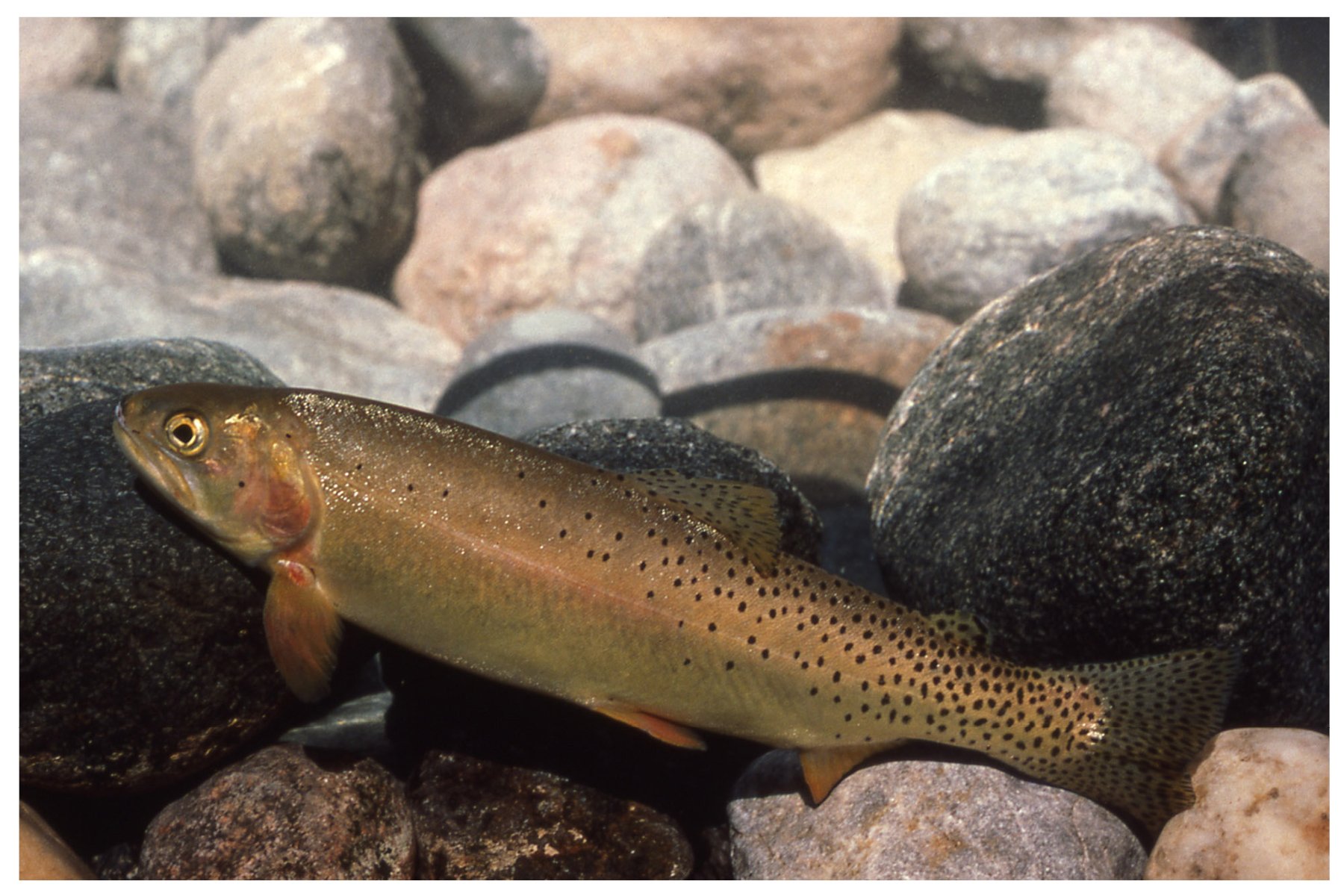
| Lahontan Cutthroat Trout were once Lake Tahoe’s top predator, abundant enough to support a commercial fishery. They are no longer found in the lake due to human activities and non-native species introductions. | https://doctrine.8thwall.app/lahontan-cutthroat-trout/ | https://skfb.ly/oJKFQ |
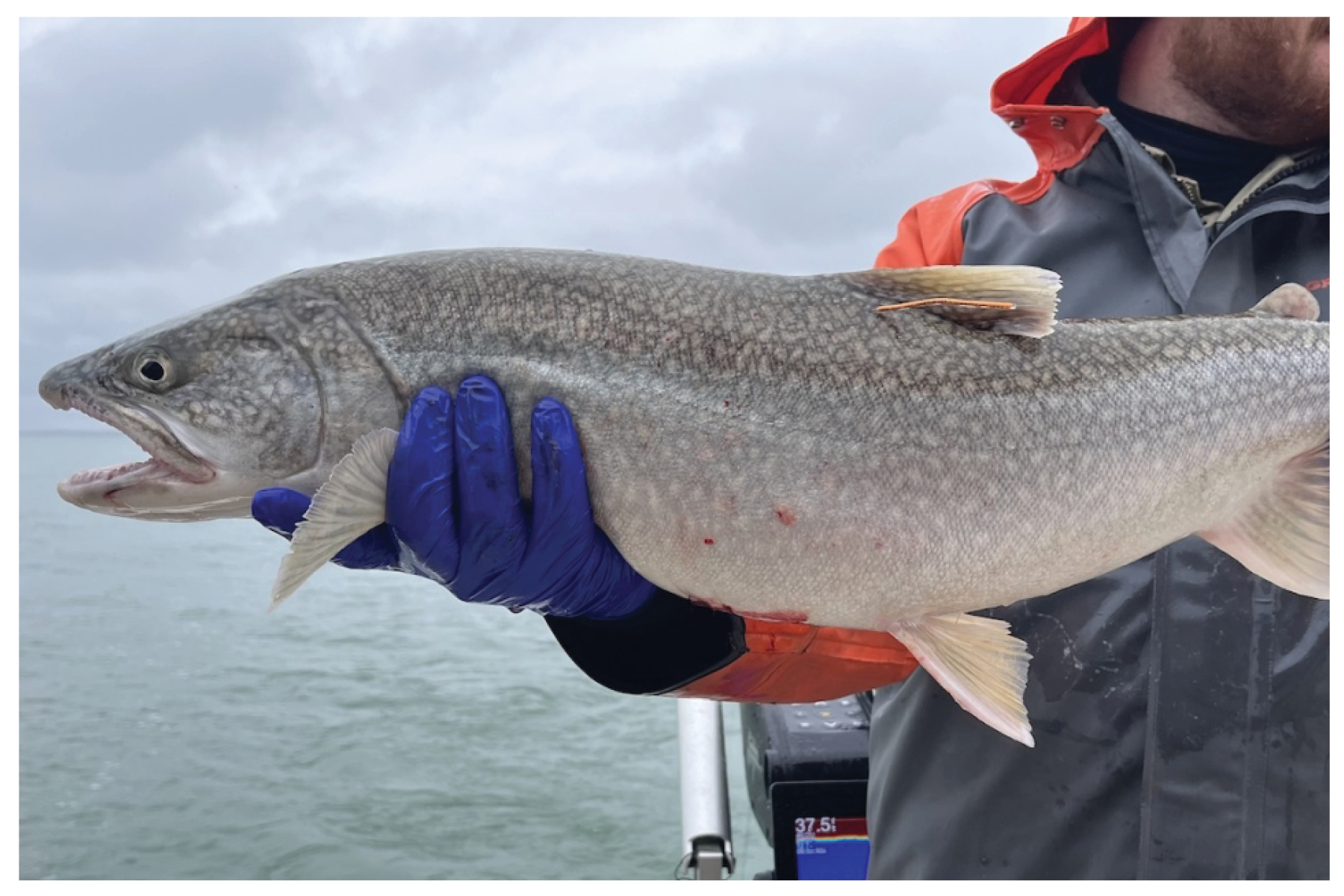
| Lake Trout, also known as Mackinaw, are the biggest fish found in Lake Tahoe. These non-native fish have sharp teeth and eat other fish up to half their size threatening native species. | https://arurl.co/9i1c7d | https://skfb.ly/oJKFS |

| Rainbow Trout are a non-native species found mainly in shallower waters of Lake Tahoe with a pinkish stripe with black dots. | https://skfb.ly/oJKtu | |
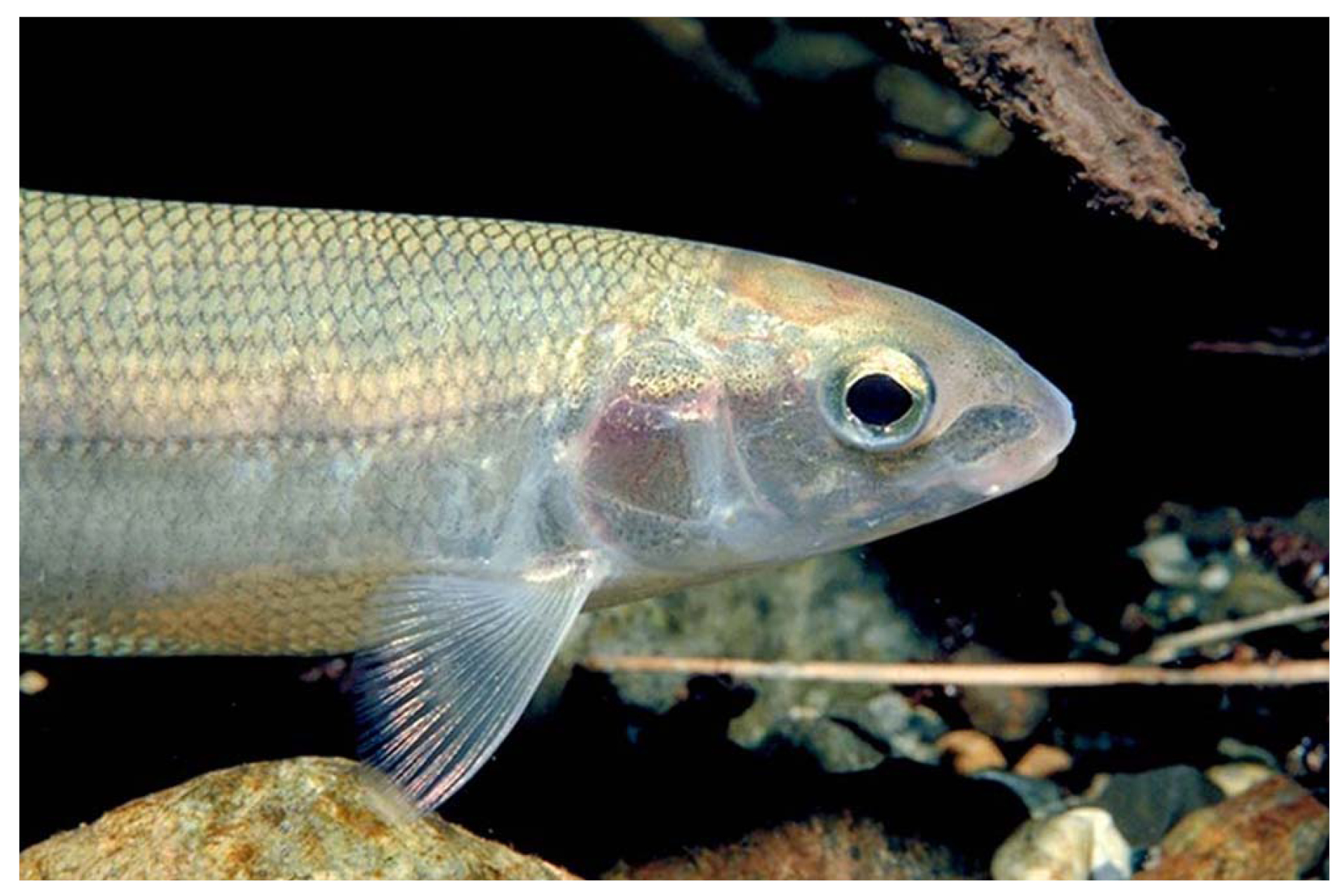
| Mountain Whitefish are the only native game fish left in Lake Tahoe. They are bottom feeders and can be found along the bottom of colder streams and lakes throughout the basin. | https://arurl.co/oty1tc | https://skfb.ly/oJMtu |
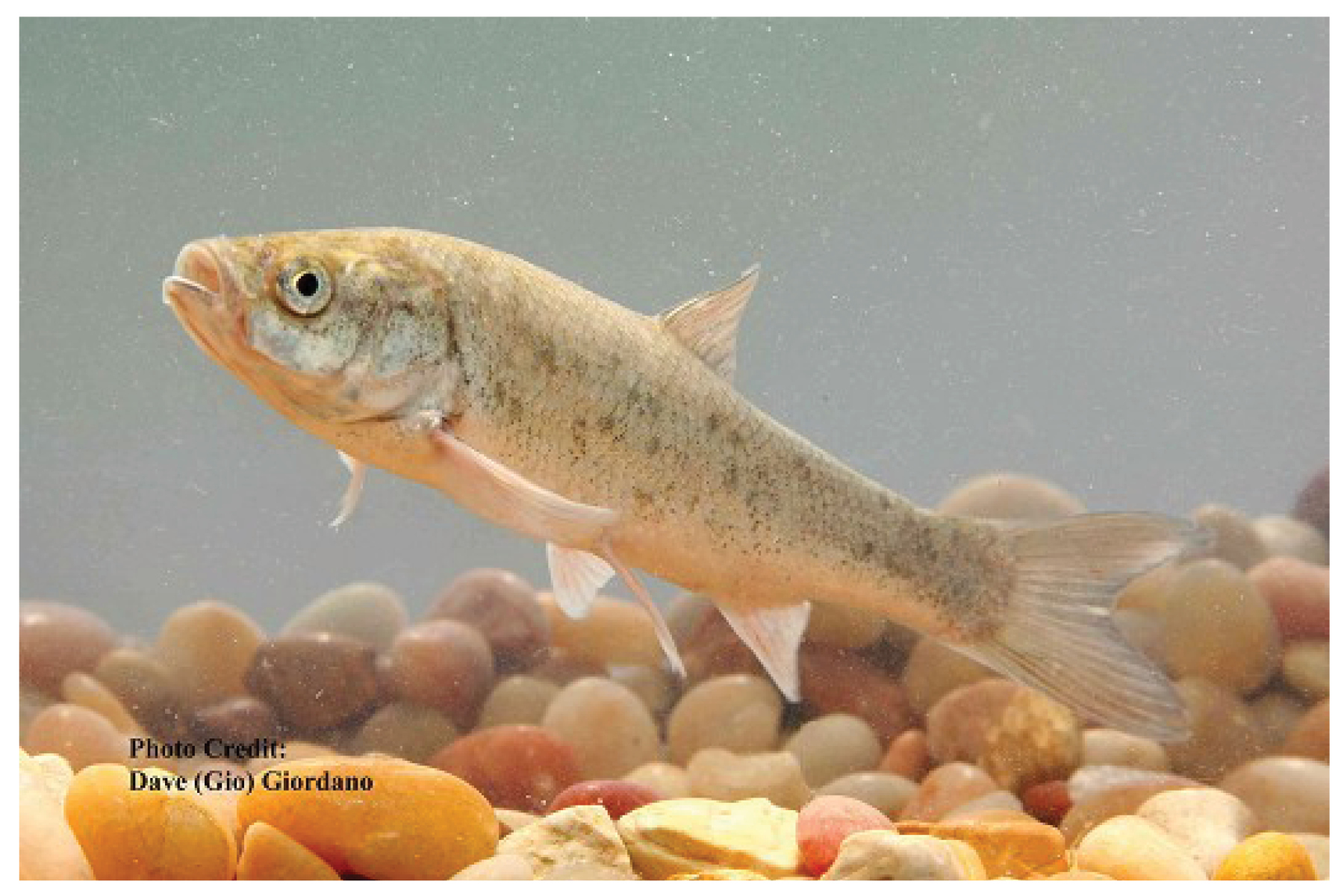
| Tui Chub can be found down to depths of 100 feet and can reach up to 18 inches in length. In large, open habitats, they move in schools. | https://arurl.co/f46ea0 | https://skfb.ly/oJKtw |
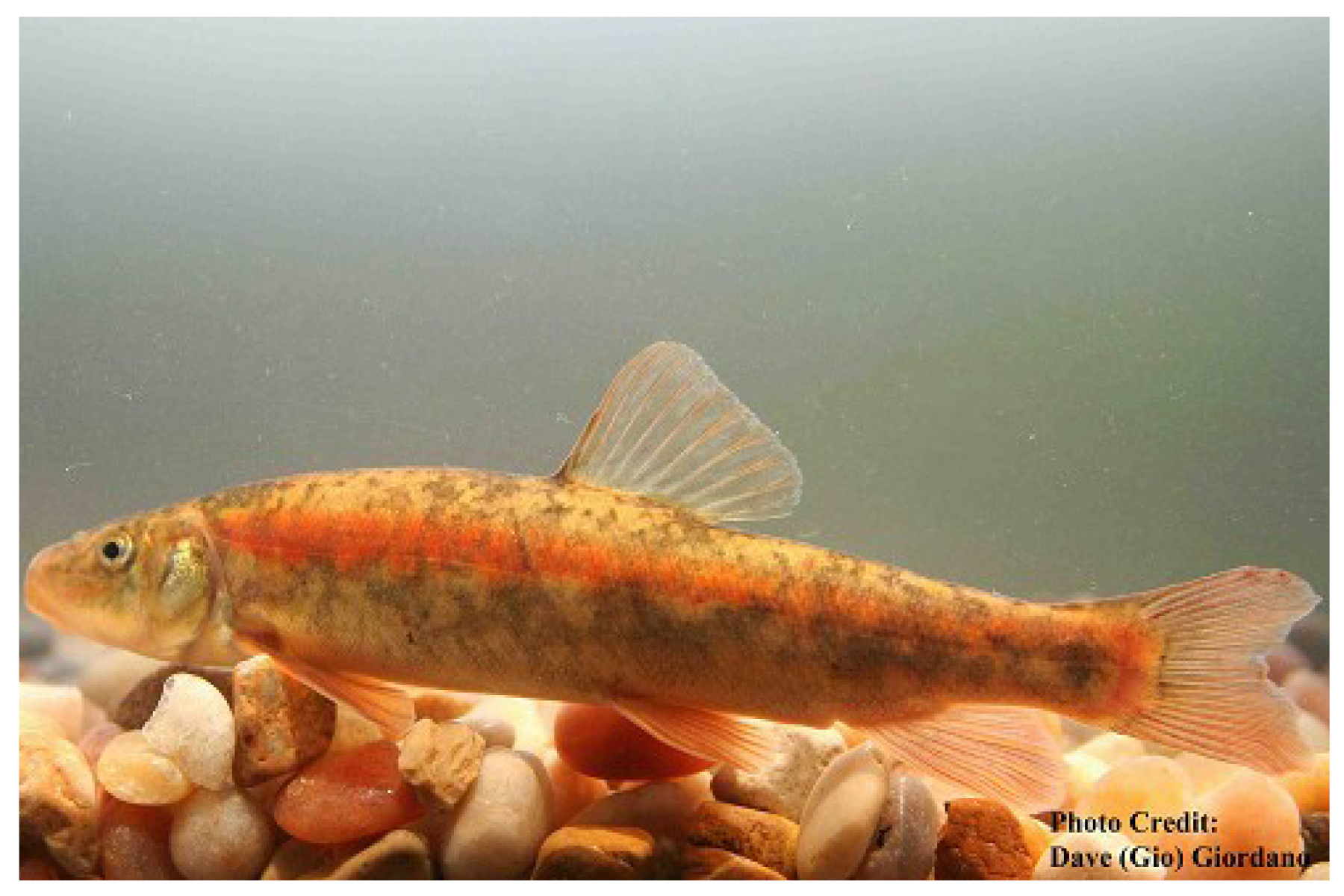
| The Tahoe sucker is native to Lake Tahoe. They live on the bottom of the lake and mainly feed at night on aquatic plants, detritus, and invertebrates from substrate. | https://arurl.co/hye1j8 | https://skfb.ly/oLuNv |
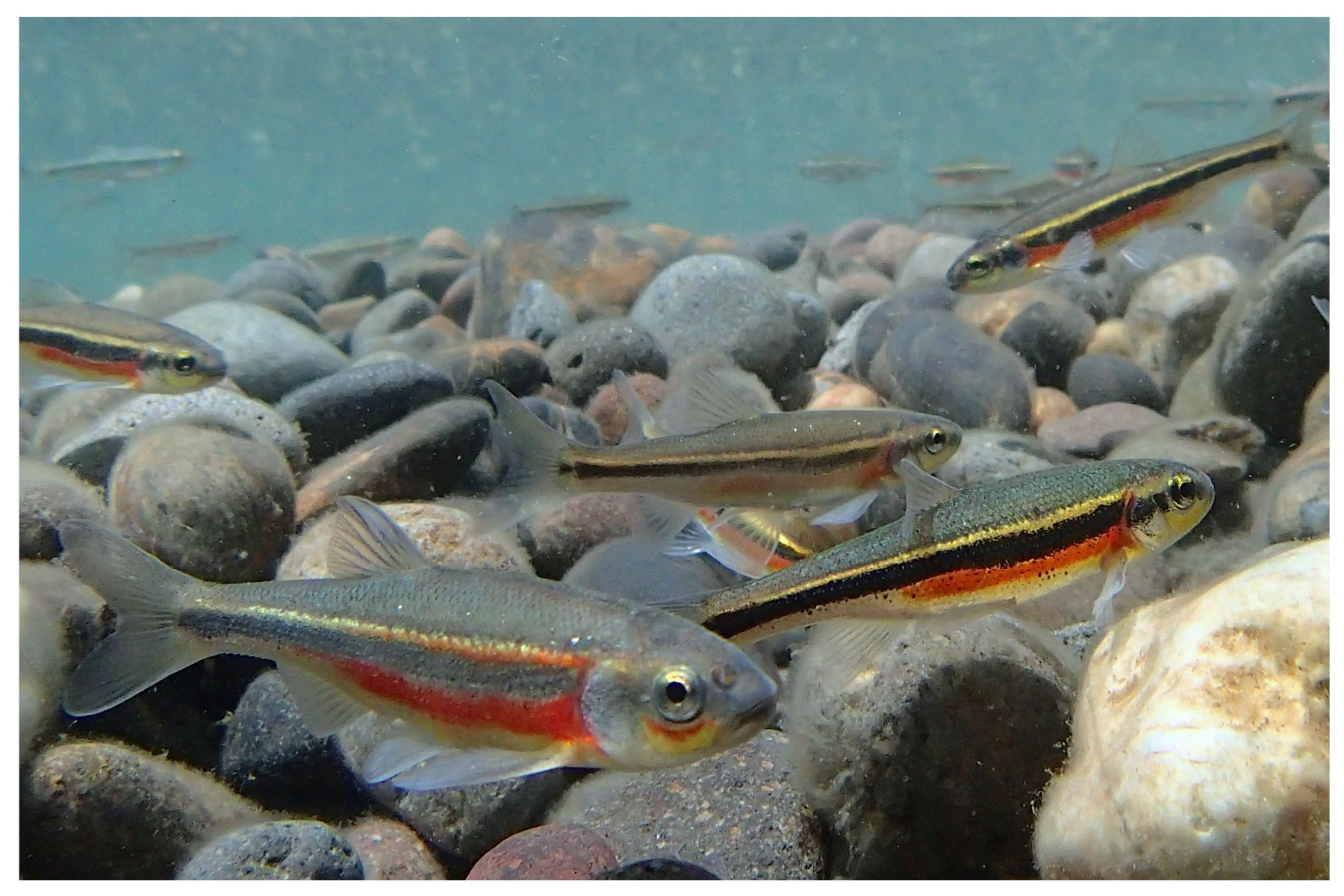
| Reaching only 4 inches in length, Lahontan Redside Shiners have a recognizable red streak during breeding season. These minnows travel in schools and often spend time under piers. | https://arurl.co/elcr00 | https://skfb.ly/oMOz8 |
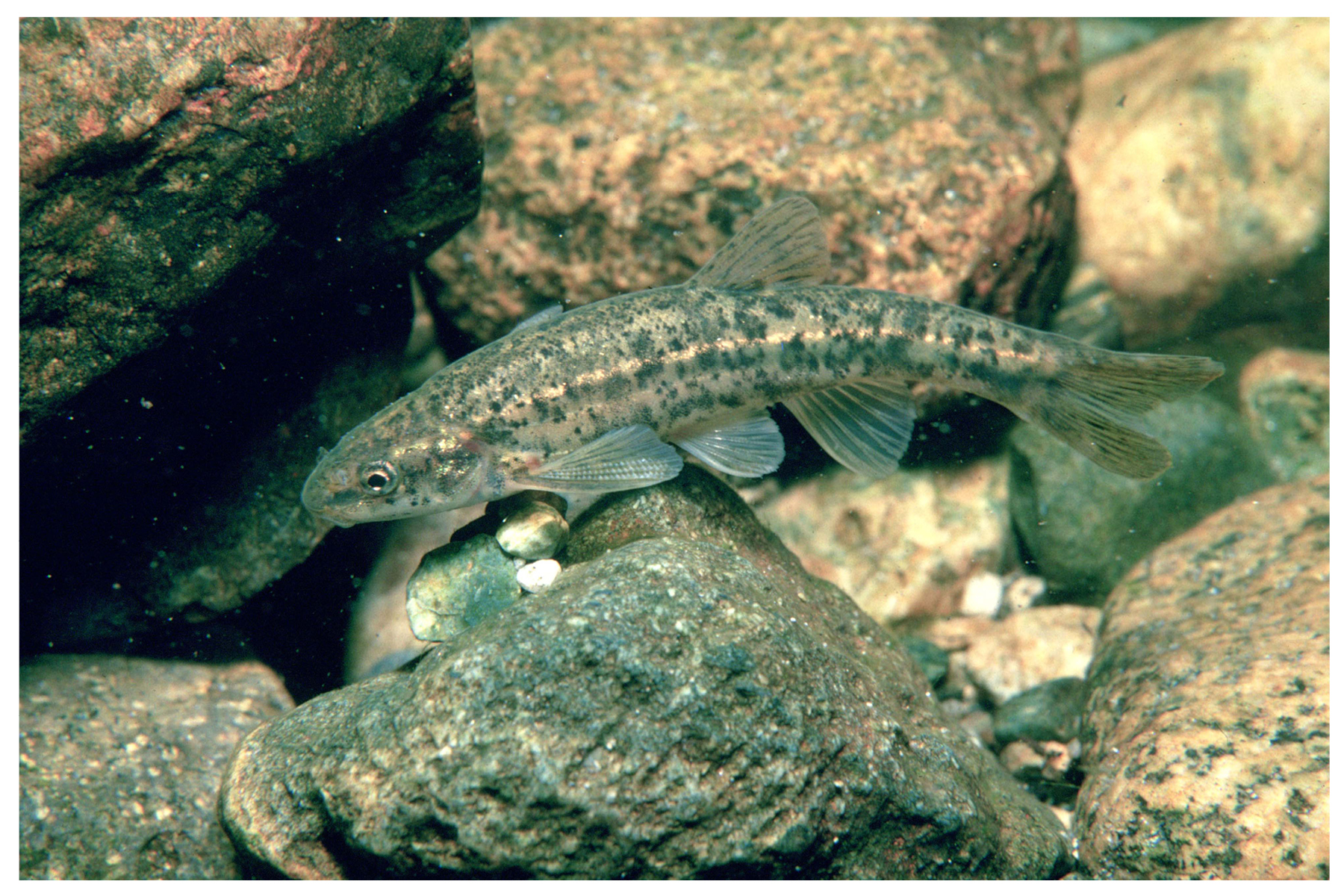
| The Speckled Dace is a native minnow that, similar to the Lahontan Redside Shiner, only grows to be 5 inches max, and travels in large schools. The identifying differences are the spots that cover a speckled dace. | https://arurl.co/803n0y | https://skfb.ly/oLuNx |
| Lake Tahoe Zooplankton | |||
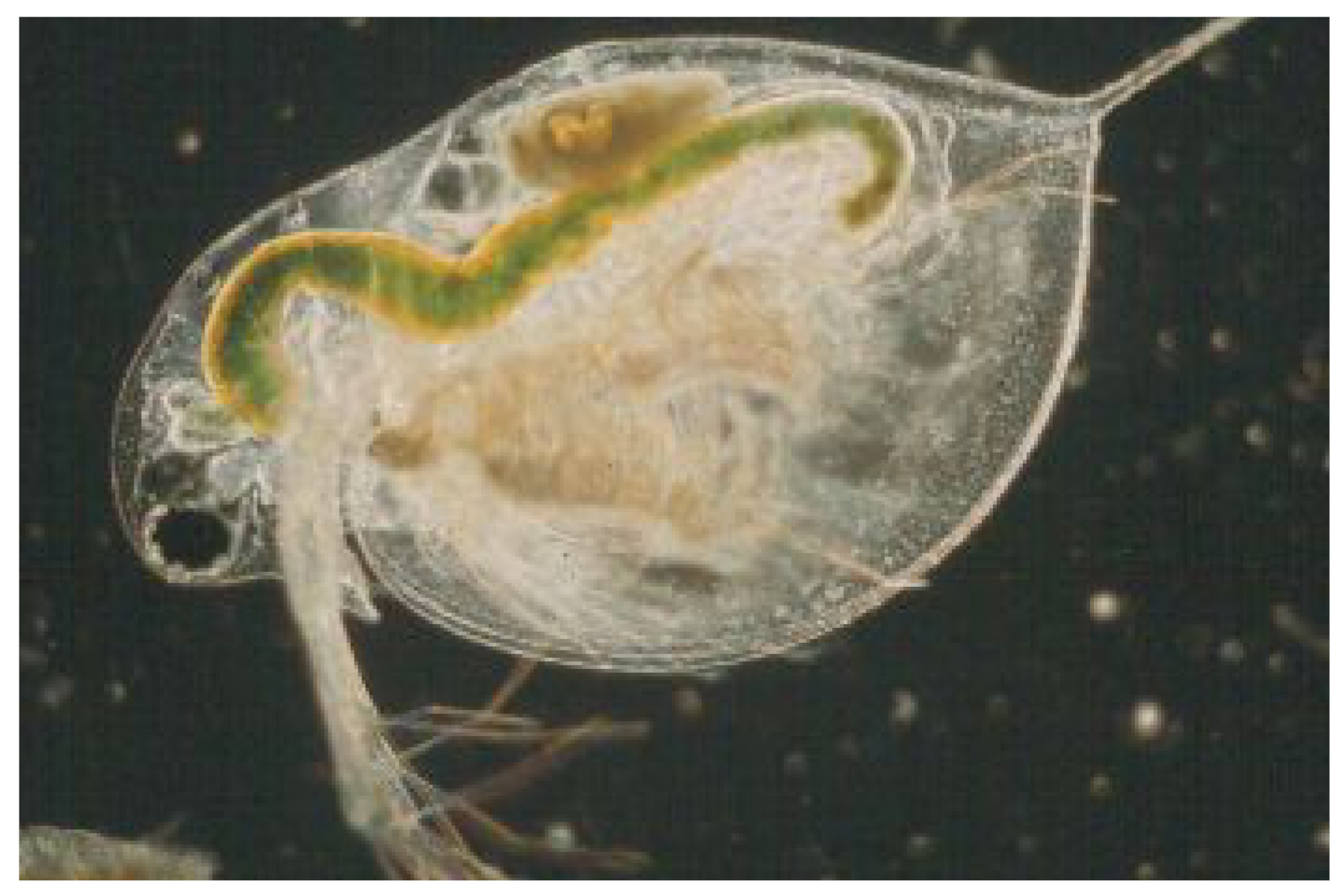
| Daphnia are a native zooplankton found in Lake Tahoe that are decreasing in population because of the addition of Mysis shrimp. | https://arurl.co/vhtc6t | https://skfb.ly/oIRvr |
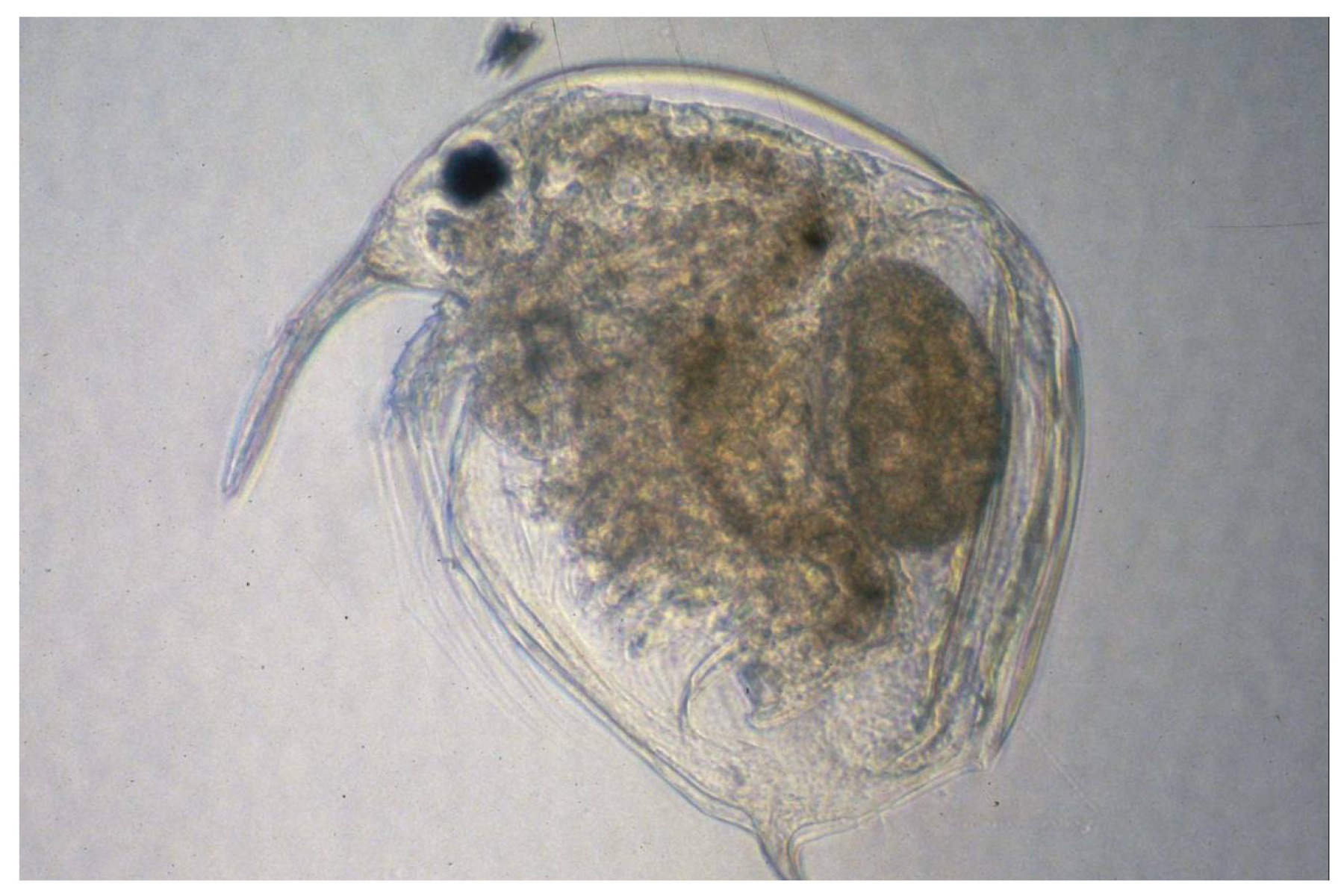
| Bosmina are a native zooplankton found in Lake Tahoe that eats algae and helps to keep the lake clean. | https://arurl.co/ouy5np | https://skfb.ly/oN9XH |
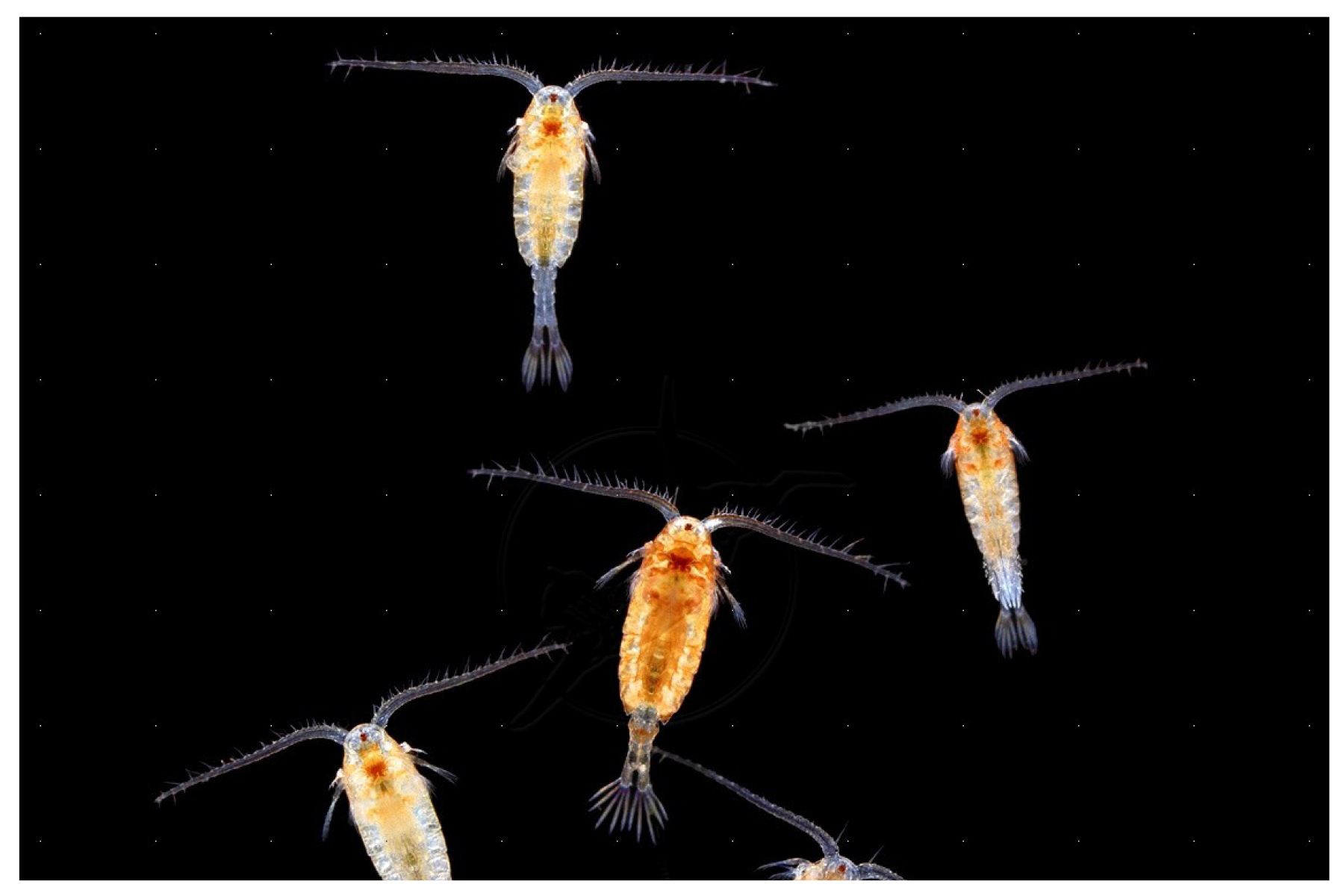
| Copepods are a native zooplankton in Lake Tahoe. There are two types of copepods: Diaptomus and Epischura. | https://arurl.co/98qdhr | https://skfb.ly/oLxCw |

| Mysis shrimp are an invasive species in Lake Tahoe that have caused big problems to the food web and lake clarity. | https://sketchfab.com/3d-models/updatedmysisblend01-cf54051624df4dd4bdac59f09fc6ac31 | https://skfb.ly/oOorB |
| Tahoe Basin Mammals | |||
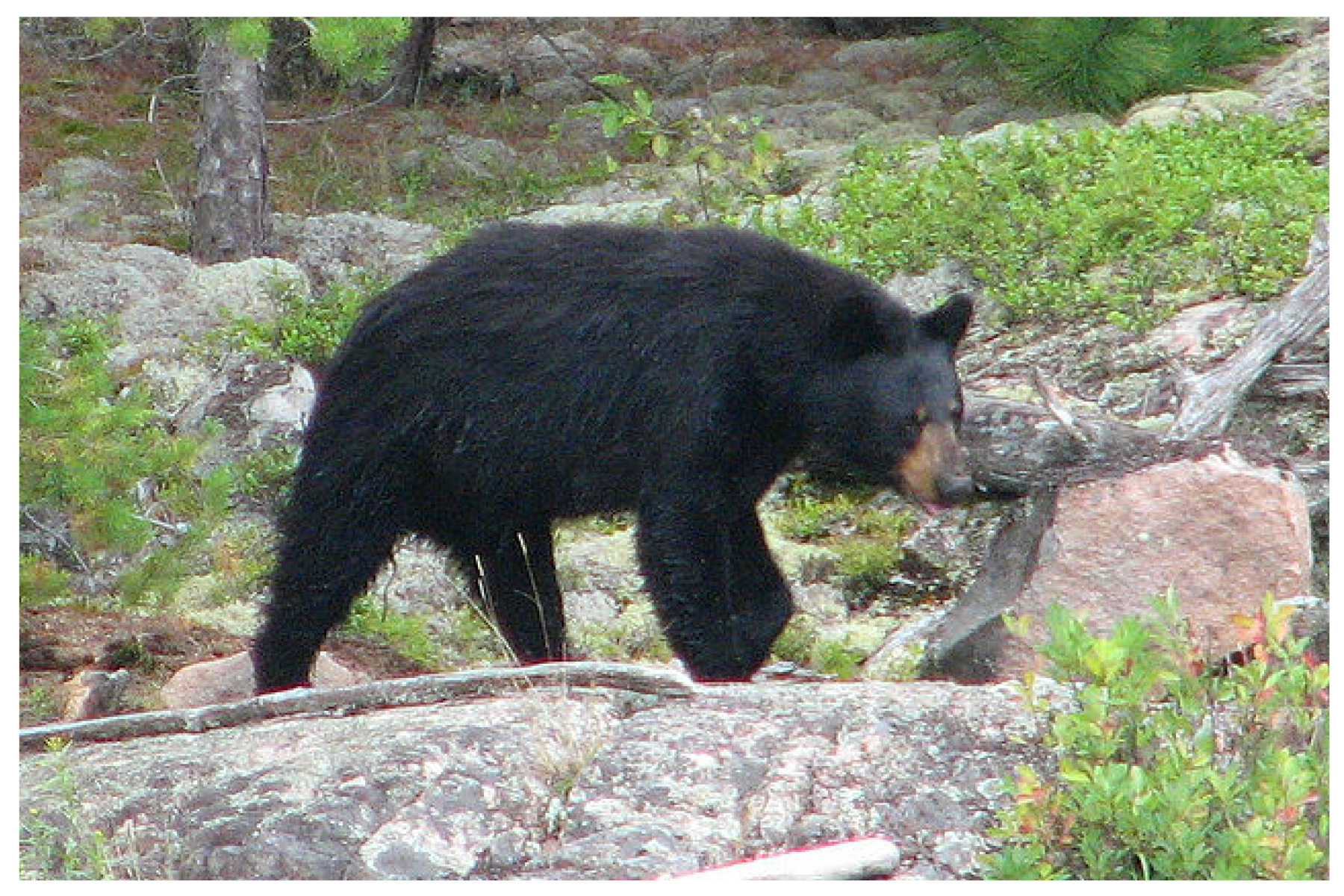
| Bears belong in the Tahoe Basin. They are native to the region but please don’t feed the bears, not even accidentally. A fed bear is a dead bear. | https://arurl.co/t92kpq | https://skfb.ly/oIPY8 |
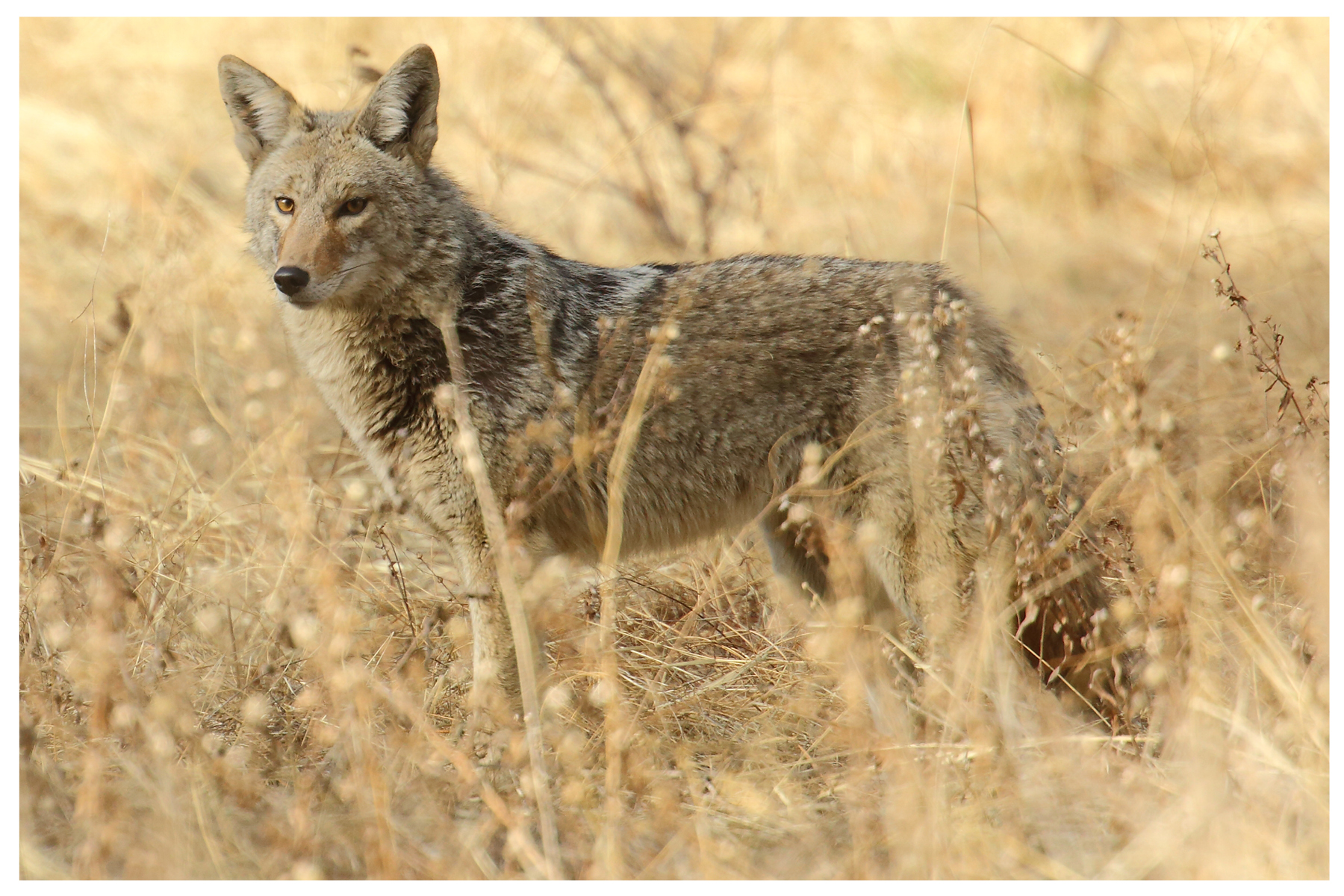
| Although you may not always see them, coyotes are everywhere! You may hear their unique howling at dusk or throughout the night. | https://sketchfab.com/3d-models/coyote-c4d-baked-04fixedleg-39980ace729a4cc7ab268fe4473c8d3a | https://skfb.ly/oOntK |
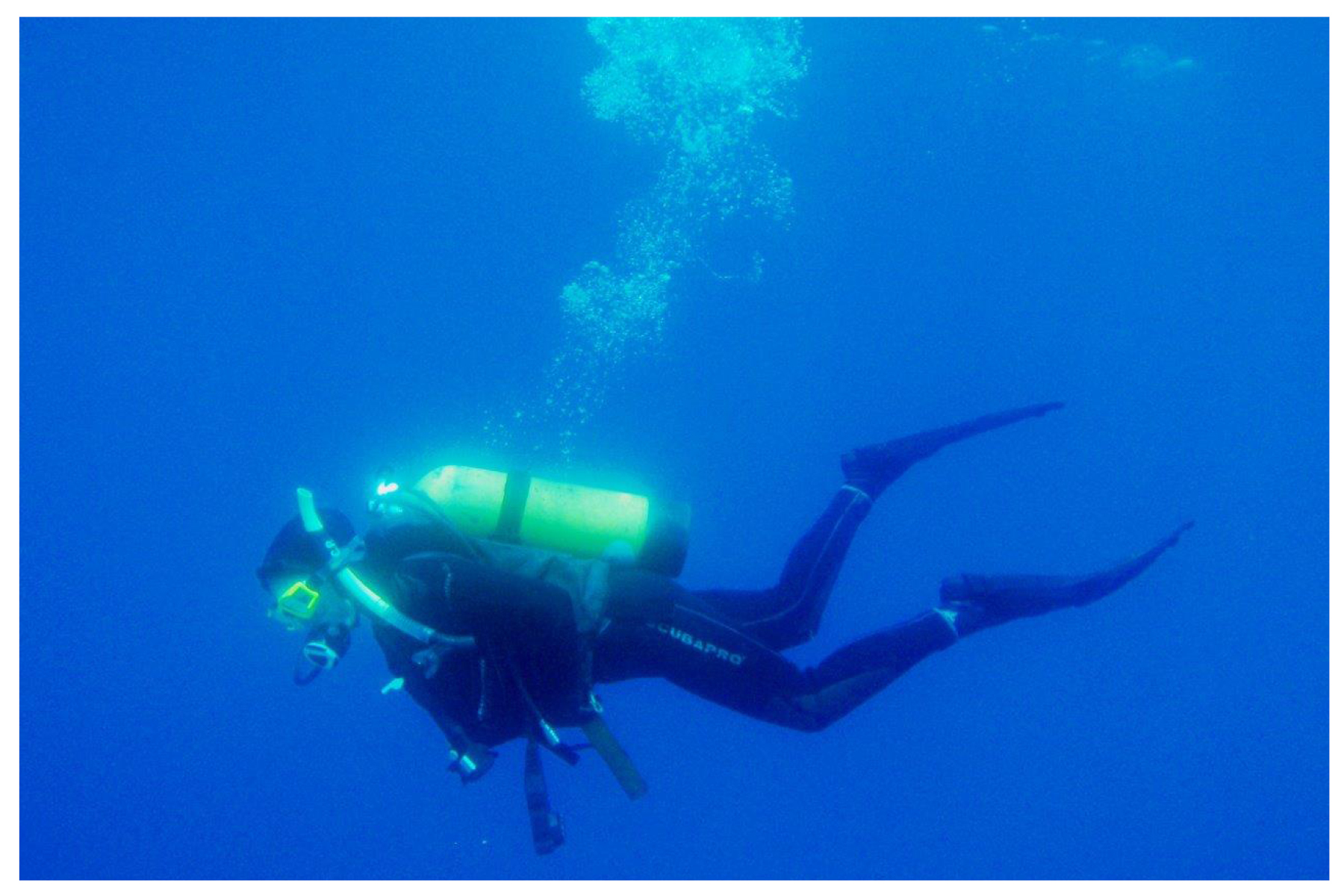
| UC Davis divers use specialized SCUBA equipment to dive under Lake Tahoe to study algae and fish, and to better understand the lake | https://sketchfab.com/3d-models/diveswimmer-texturefix-7e6c2a70570146c0947990fd30d171f4 | https://skfb.ly/oIOZJ |
| Other Tahoe Basin Animals | |||
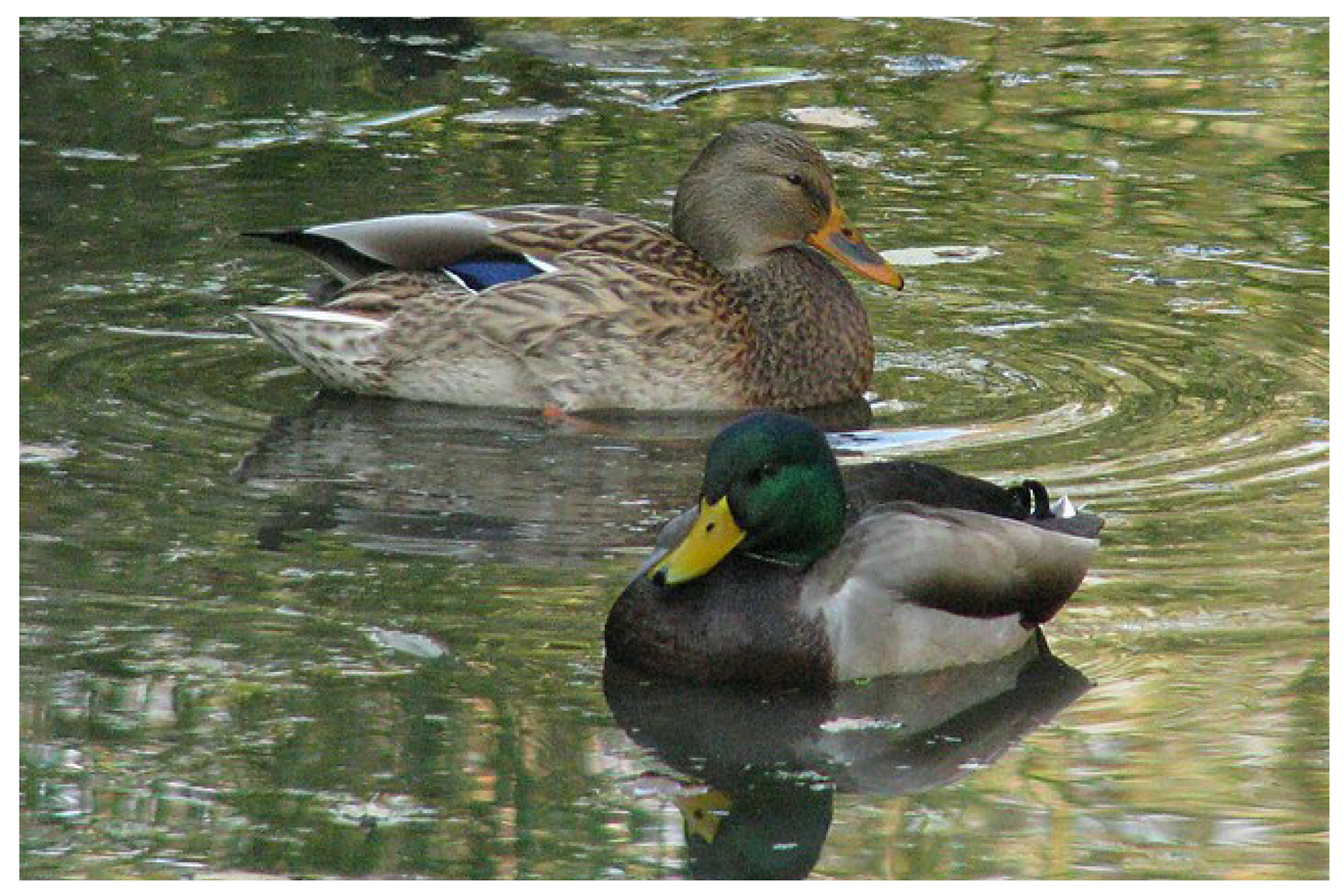
| Mallard ducks often paddle around on Lake Tahoe and stick their bills in the water to search for food. | https://arurl.co/padqsz | https://skfb.ly/oKuBz |
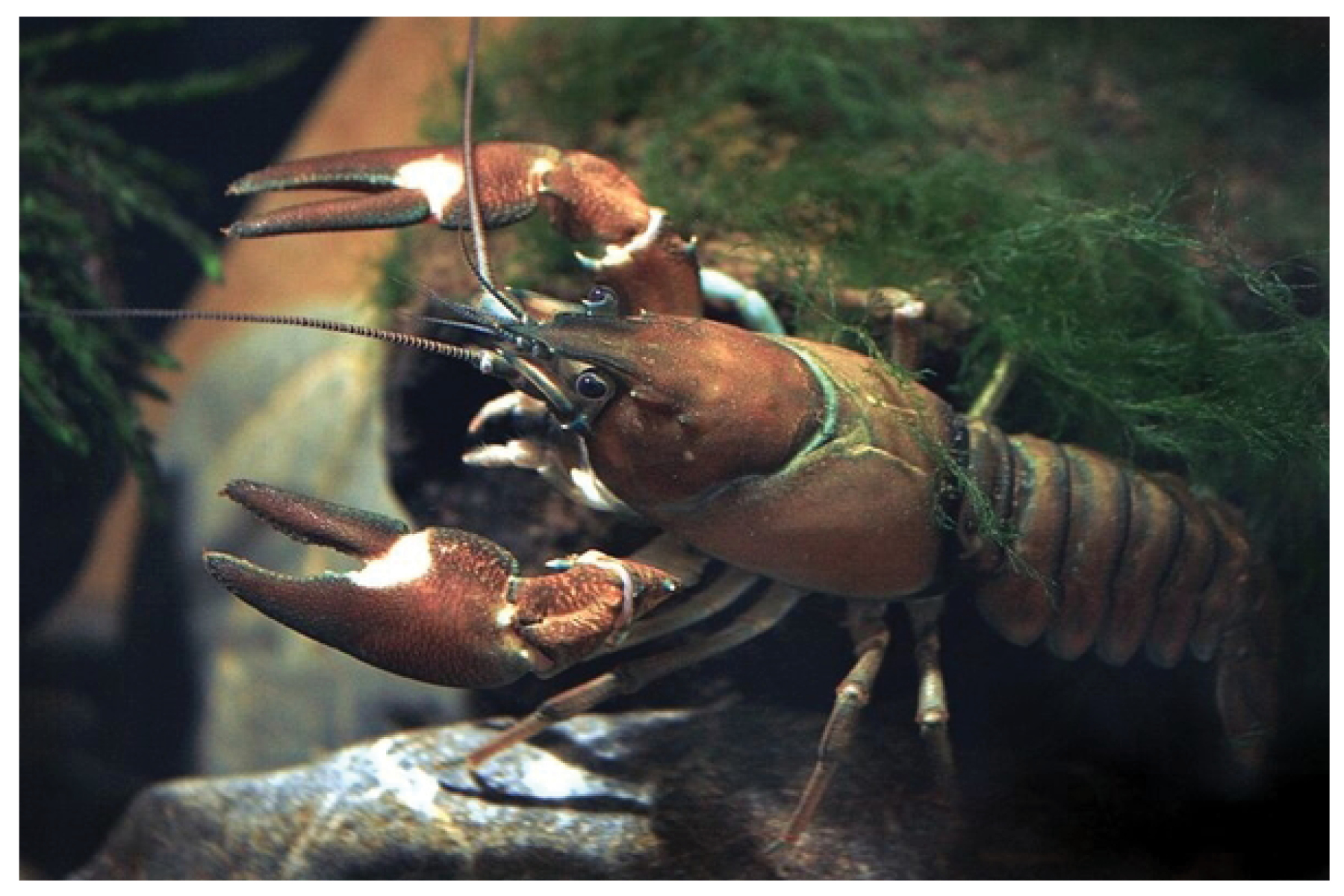
| Crayfish, crawfish, crawdads…no matter what you call them, you are likely to see these crustaceans nestled under rocks and logs in our local streams and lakes. | https://arurl.co/q9ku5r | https://skfb.ly/oKJsp |

| Both Bald and Golden eagles soar over Lake Tahoe, searching for fish, birds, and other small animals to eat. | https://sketchfab.com/3d-models/bald-eagle-8874cfcf83a54575ba8068376f8a63a8 | https://skfb.ly/oIYEL |
| Other Models | |||
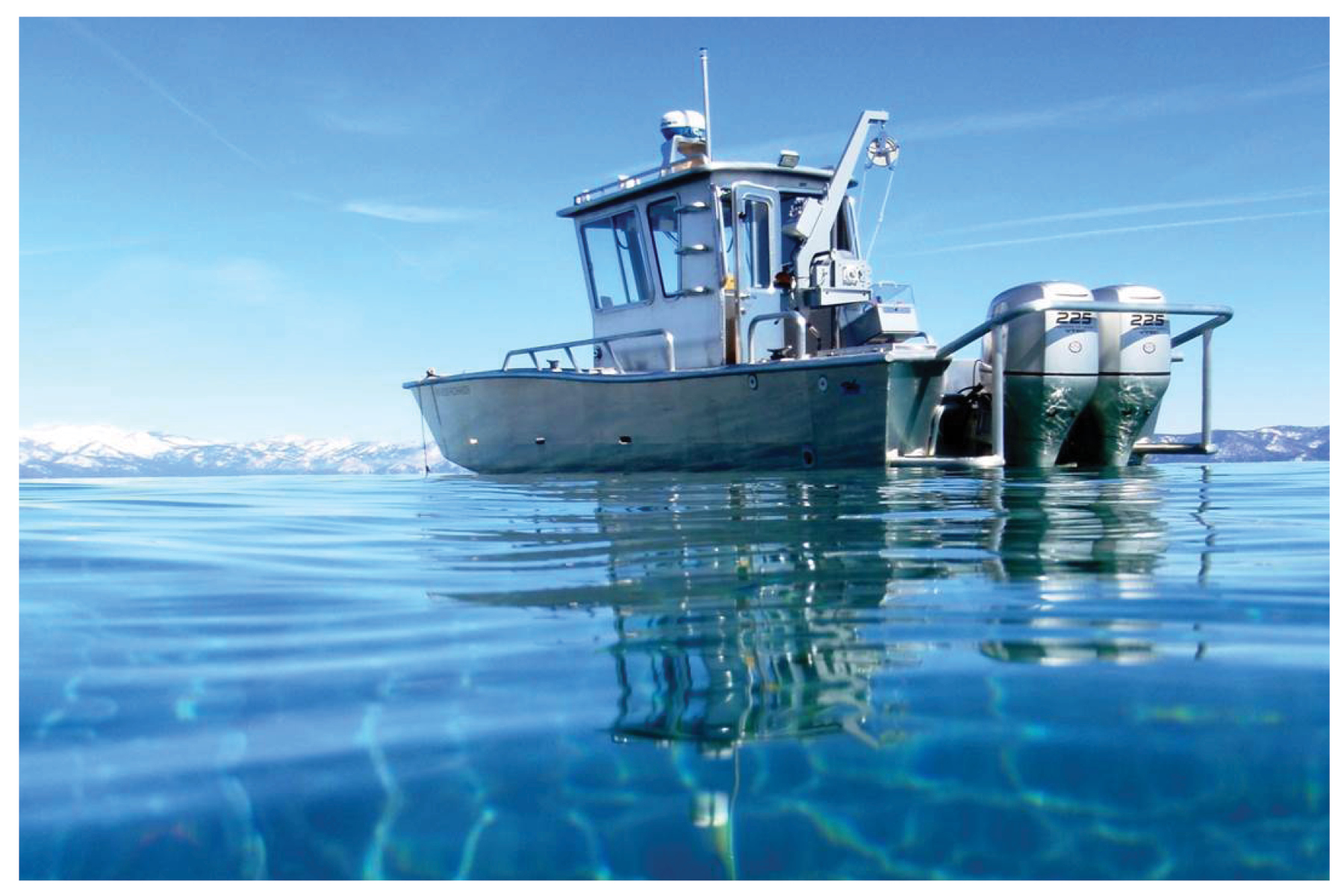
| Researchers at TERC use this boat to get out on the lake to measure lake clarity, take samples or water and zooplankton, keep the nearshore and research buoy equipment in working order, and more. | https://arurl.co/64q33t | https://skfb.ly/oLxCG |
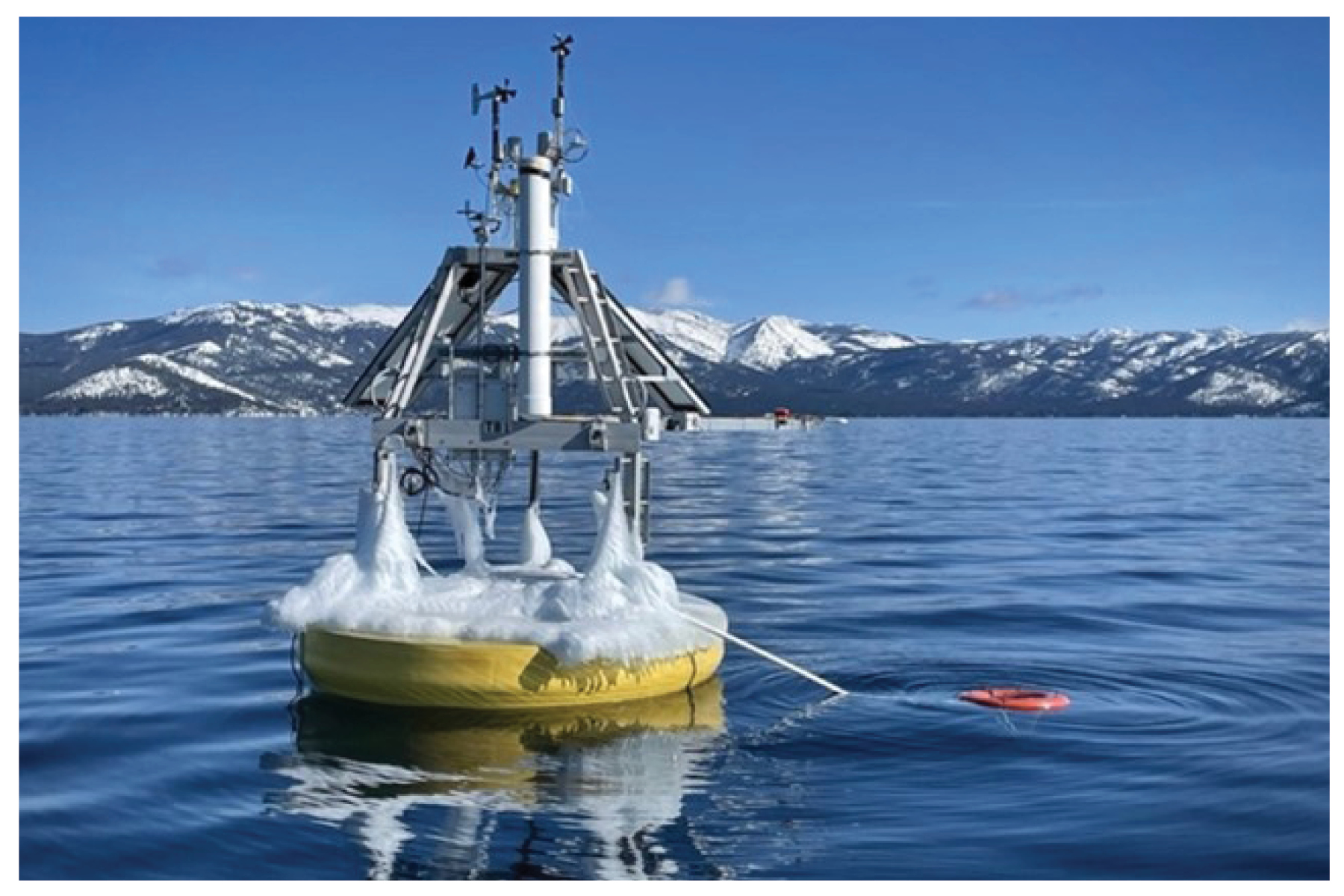
| Five large buoys floating on the lake provided important data to our researchers in real-time, including wind speed and direction, air and water temperature, and atmospheric pressure. | https://sketchfab.com/3d-models/ocean-buoy-wo-branding-7eb4fef6a87649a6a3d01391ebd1cac2 | https://skfb.ly/oIOKD |
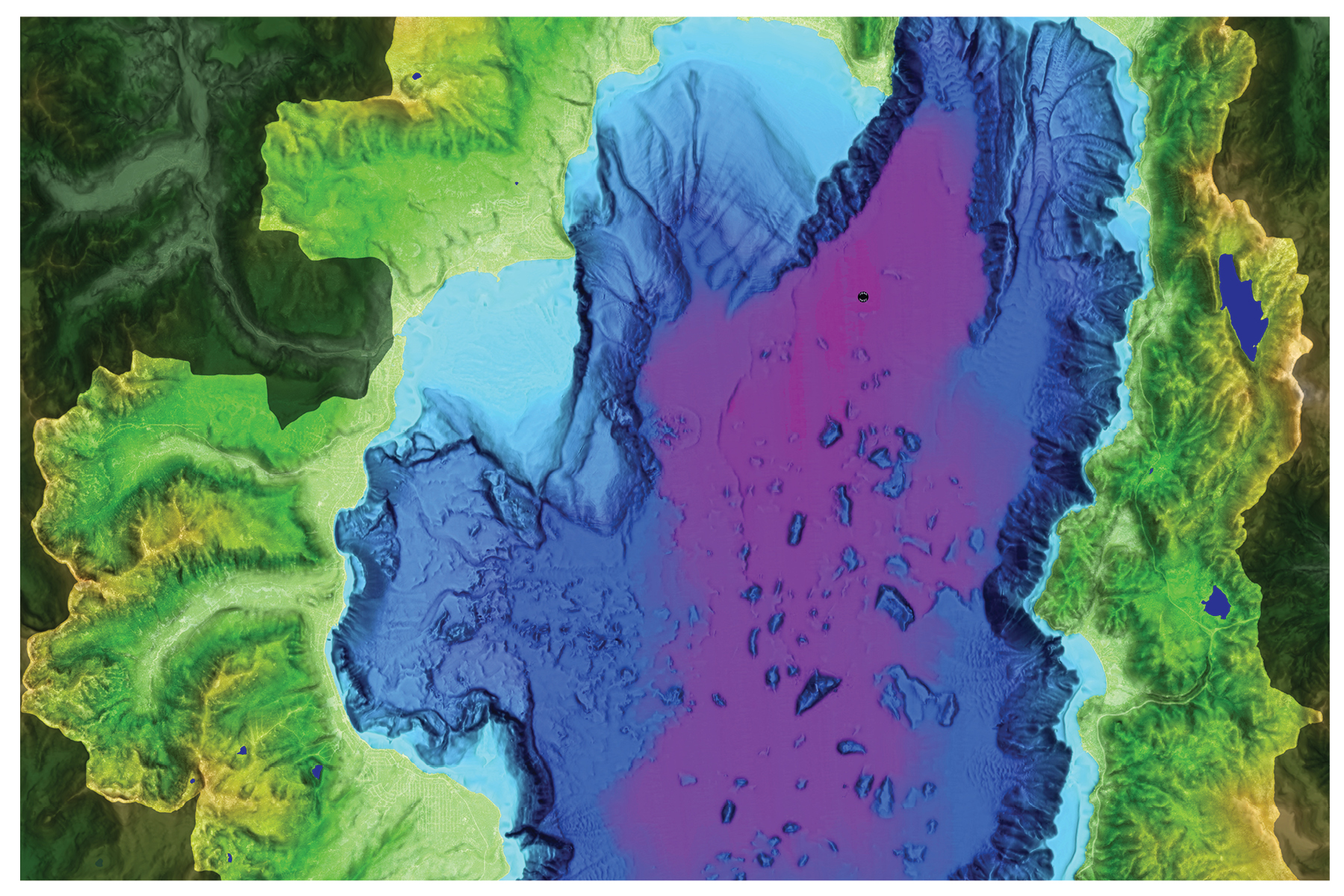
| This model provides a detailed replication of the Lake Tahoe watershed and underwater bathymetry. | https://arurl.co/knkdoq | https://skfb.ly/oLxCF |
| Invasive Species in Lake Tahoe | |||
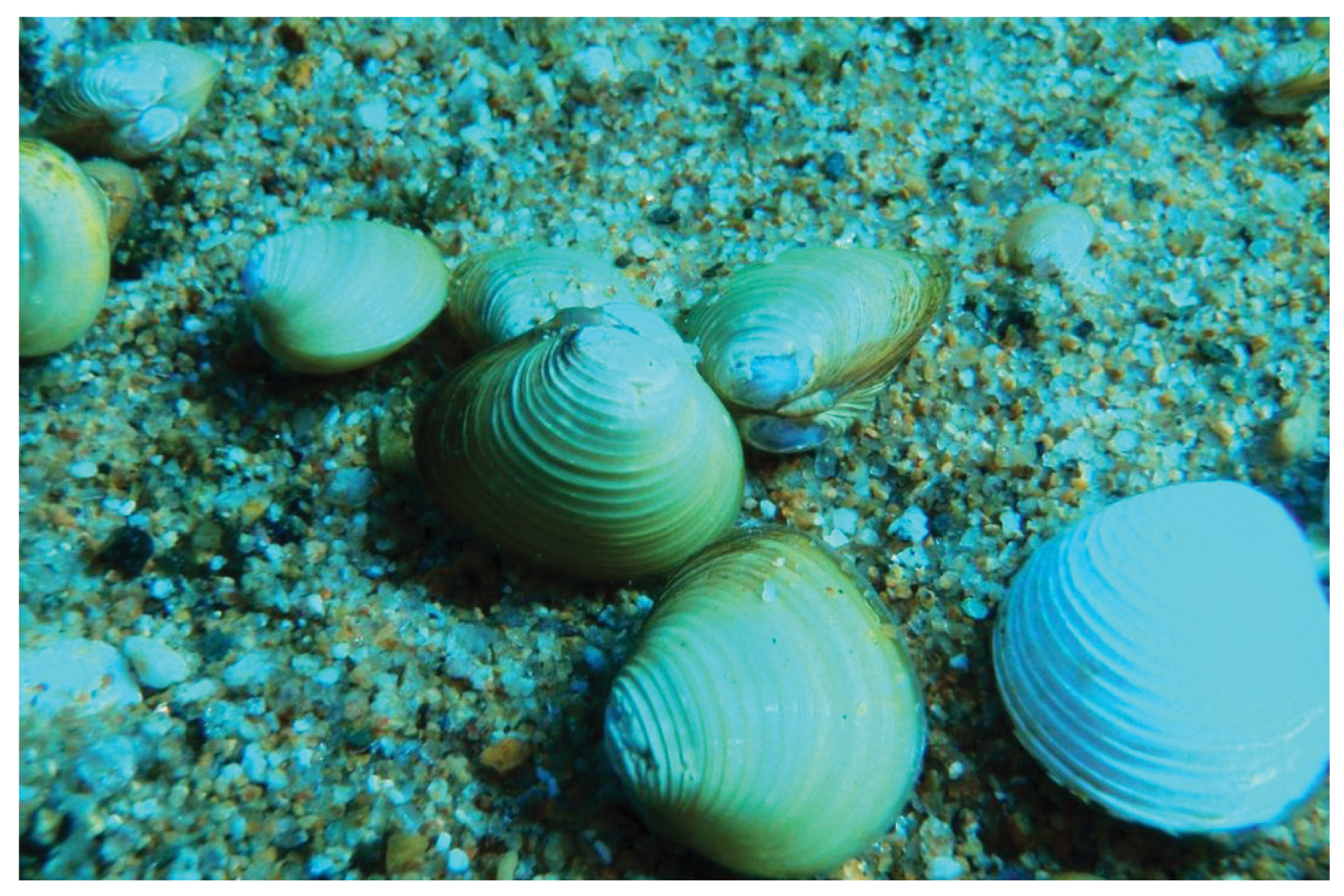
| Asian clams lead to increased algae growth. They reproduce by releasing cells into the water column, making water in gear very dangerous | ||
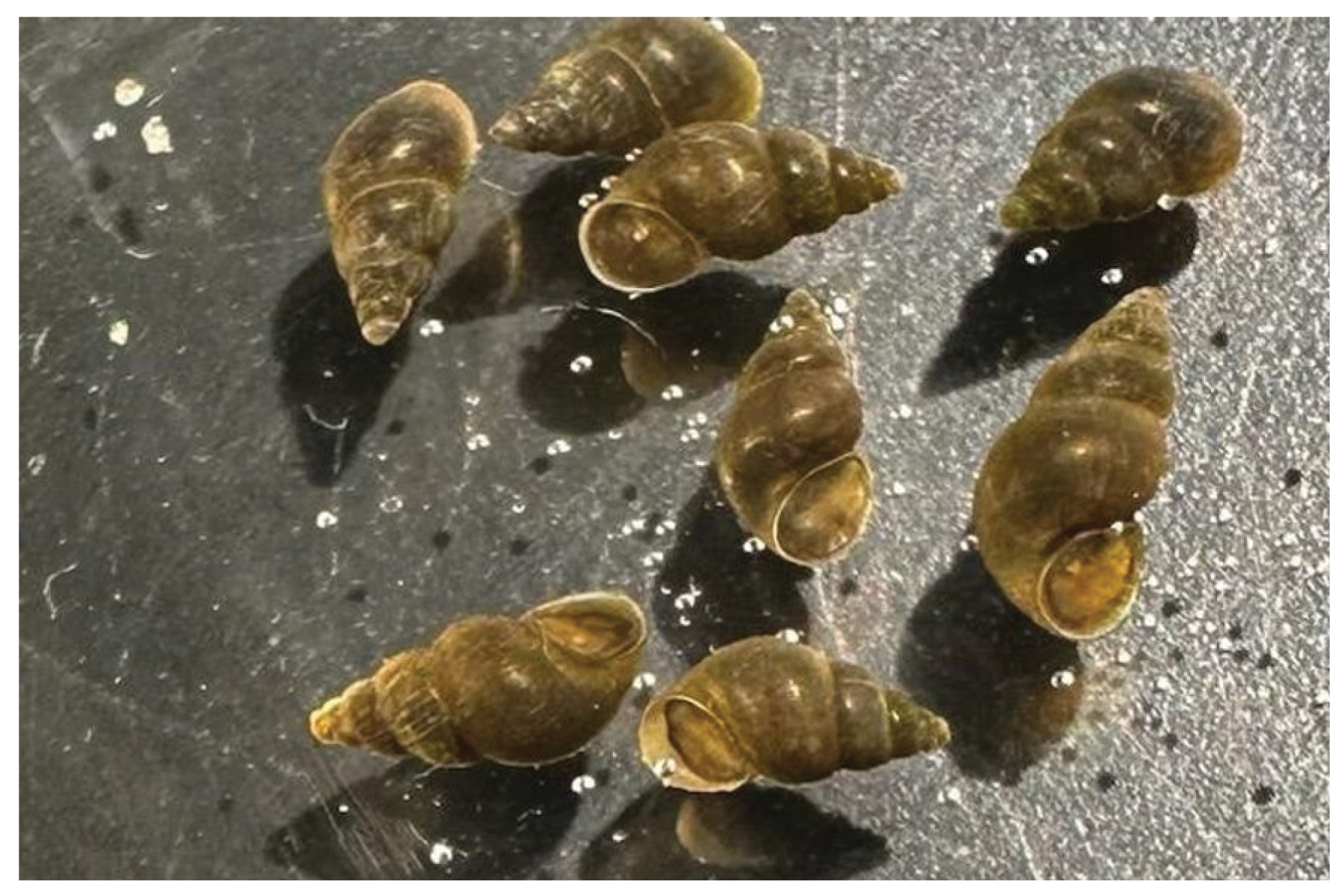
| Females clone themselves approximately, 230 new snails per year. They are extremely small, can be transported on any gear, and can survive after completely going through a fish’s entire digestive tract. | ||
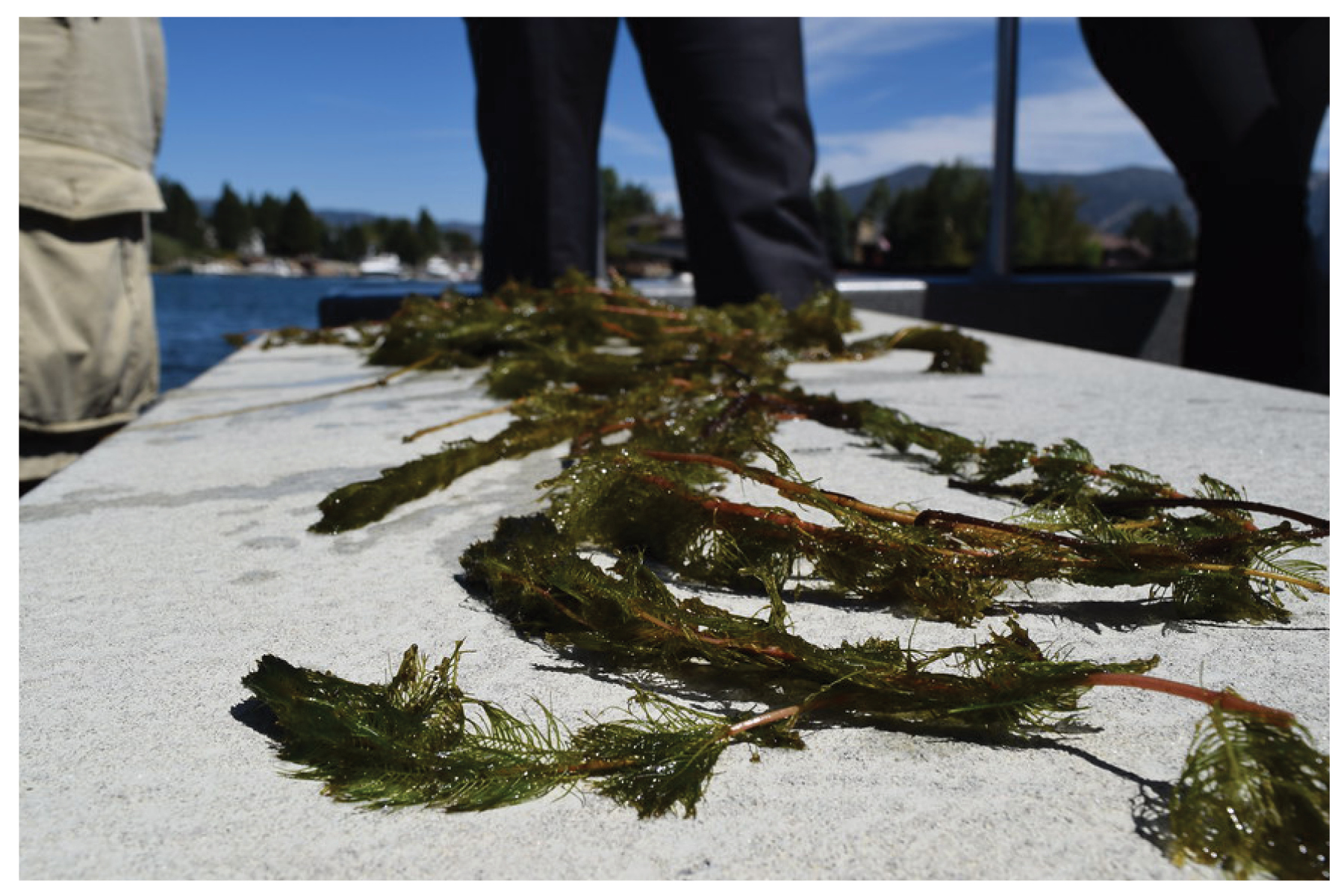
| Eurasian Watermilfoil spreads through fragmentation and crowds out native species, and disrupts recreationists. | ||
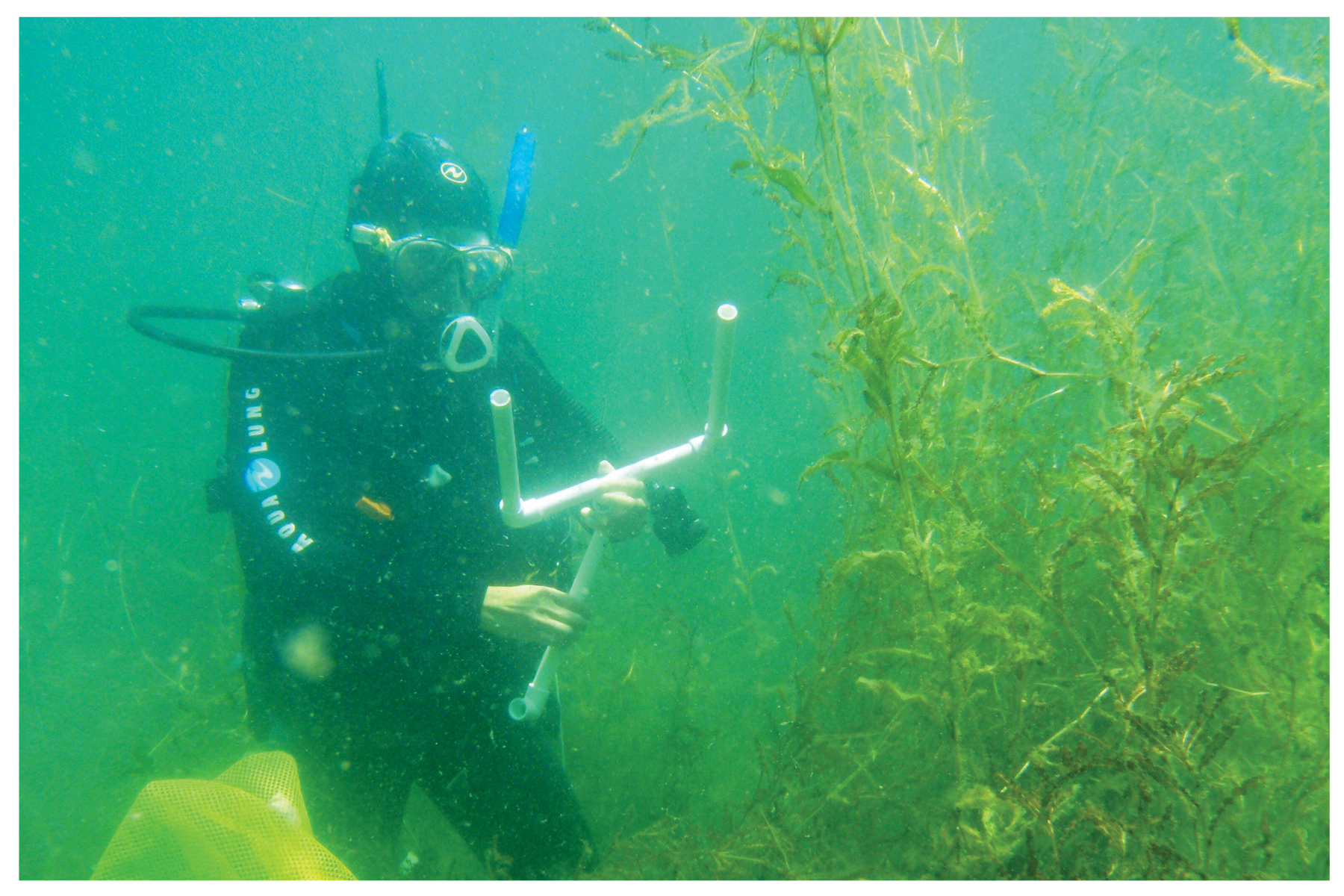
| Curly Pondweed spread through seed caught in equipment. Provides habitat to non-native fish. Turions can produce new plants in the dark. | ||
| Invasive Species of Concern not found in Lake Tahoe | |||
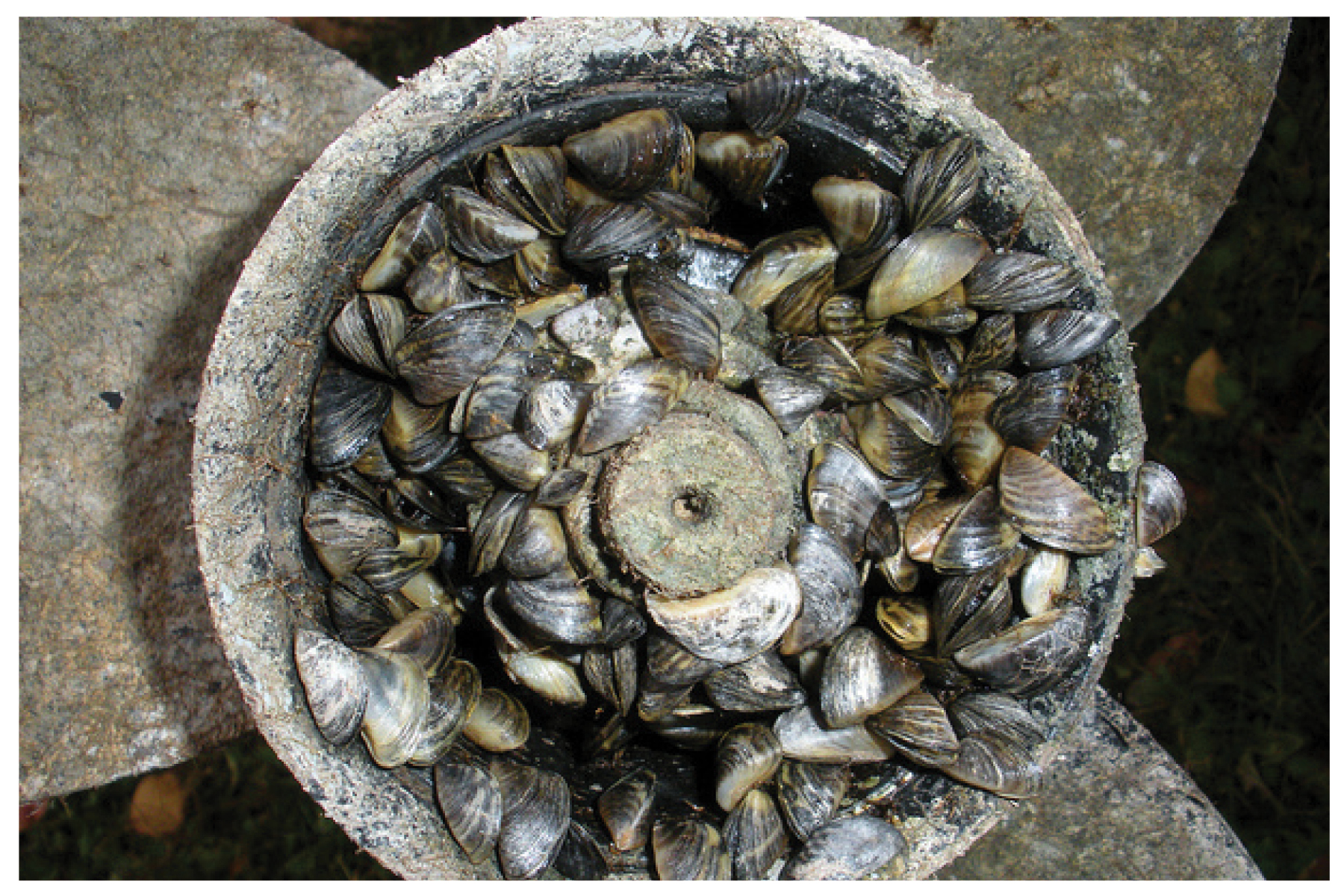
| In 2007, quagga mussels were found in Lake Mead, NV and subsequent surveys found mussels in Lakes Mojave and Lake Havasu in the Colorado River, and within the Colorado River Aqueduct. To date, quagga mussels have been found in waterbodies in San Diego, San Bernardino, Orange, Riverside, Imperial, Ventura, and Los Angeles counties. | ||
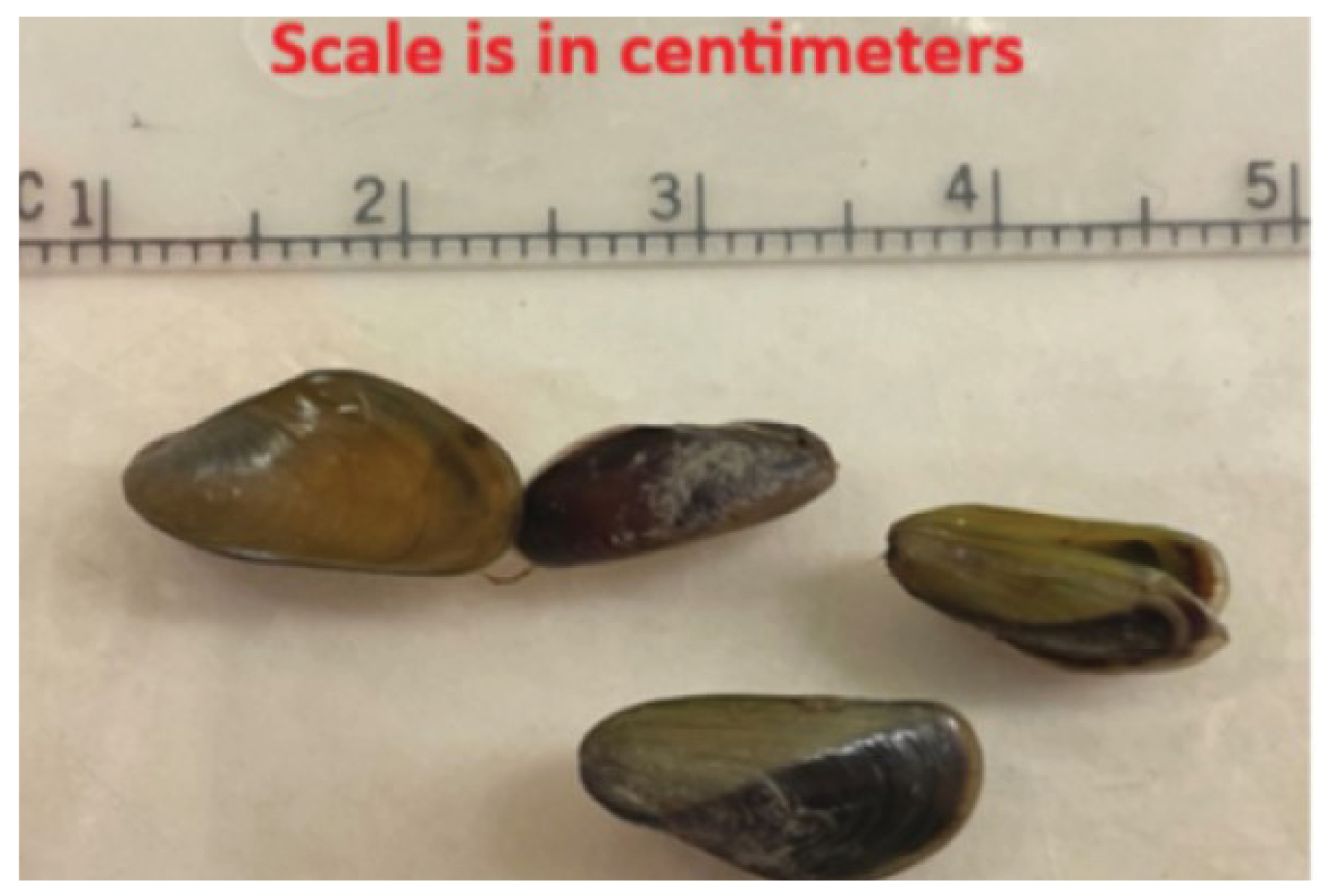
| Currently found in the California San Joaquin Delta. Golden mussels can grow in dense clumps or colonies containing as many as 80,000 -200,000 organisms per square meter. | ||
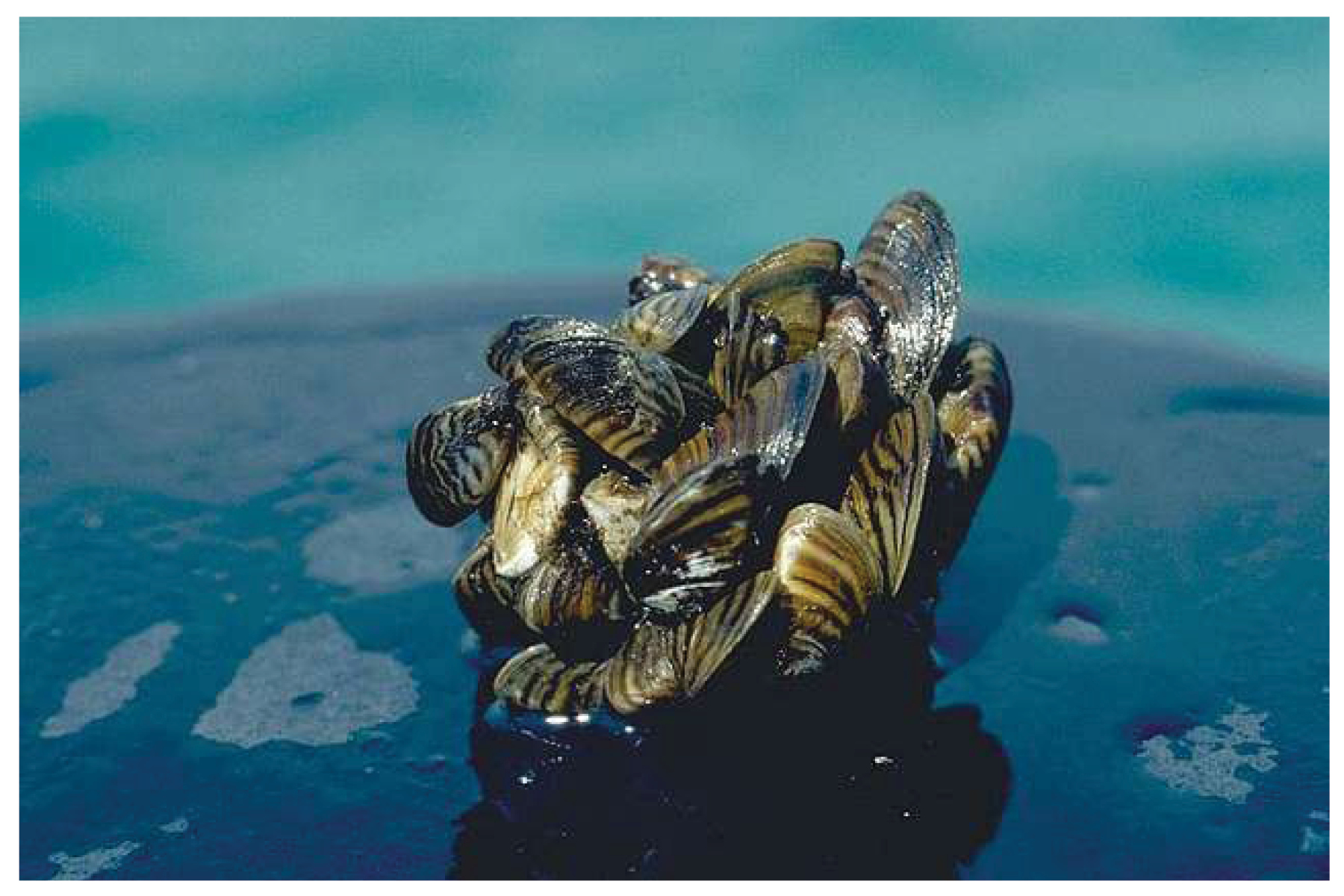
| Zebra Mussels are native to Ukraine and Russia. They were thought to have been introduced to the United States from ballast water of trans-oceanic ships. |

